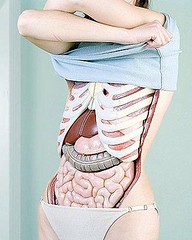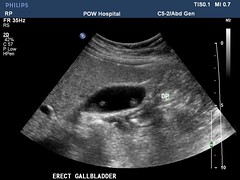Yesterday’s ‘Great Clearance Day’ at the Medical Faculty was a great success. Not just for the faculty’s technical department staff who threw 11 metric tons of garbage into the huge containers. But also for us at Medical Museion who participated with an ‘archaeology-of-contemporary-biomedical-garbage’ agenda (see former post here).
After five hours of hard work we had saved a couple of hundred artefacts (or clusters of artefacts) and some archival material for our collections. Here postdoc Sniff Nexø, administrative assistant Monica Lambert, historian Ida Rosenstand Lou and collection manager Ion Meyer are inspecting a couple of microscopes saved from being thrown into the containers (while historian Niklas Thode Jensen watches from a safe distance):
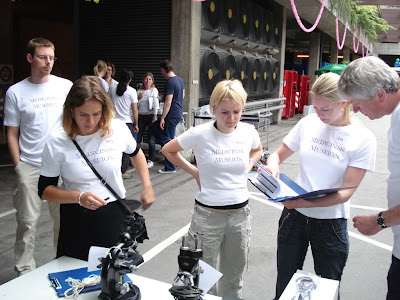
And here postdoc Jan Eric Olsén is taking a look at one of the rarities, seconded by student assistant Thomas Lund and technician Folke Jørgensen (guest researcher Sven Erik Hansen turns his back to the camera):

Conservator Nicole Rehné and Ion Meyer take notes when Claus Juul Løland from the Department of Neuroscience and Pharmacology comes to deliver some machinery; and Sven Erik Hansen, who’s trained as a medical doctor, gives his expert opinion:
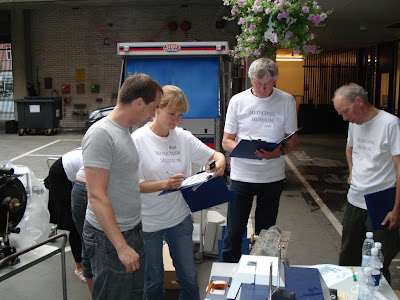
Most of it was impossible to save, however. For example, the Department of Medical Physiology threw out hundreds of kilograms of archival material from the last 40 years, and we didn’t have a chance to look at it. Here our technician Emil Houssini is taking a look in their paper container before it’s sent away:
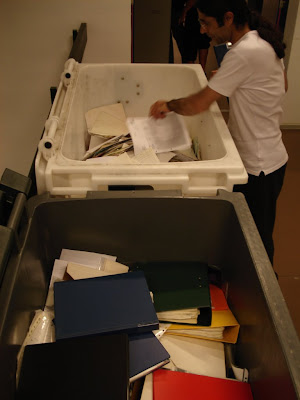
What we did save has been temporarily stored at the upper basement level of the Panum Institute:
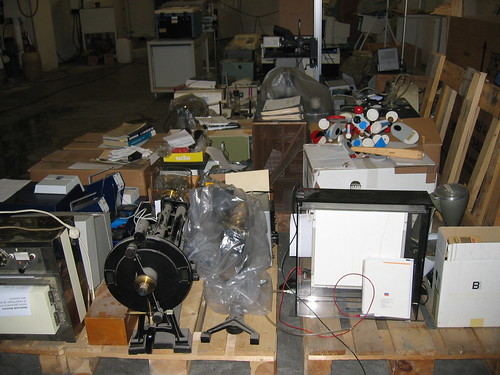
We’re going to spend some time in the next couple of weeks to go through the heap — and then decide what shall be accepted for acquisition and curating.
Even more important than the actual collection of artefacts was the process itself. We’ve been engaged in our first near-garbology activity, and we’ve accumulated a lot of experiences — the whole department has been involved in a collective learning process. Some of the experiences will be reported here after the next Tuesday morning staff meeting.
Here are some more pictures:
Read More
